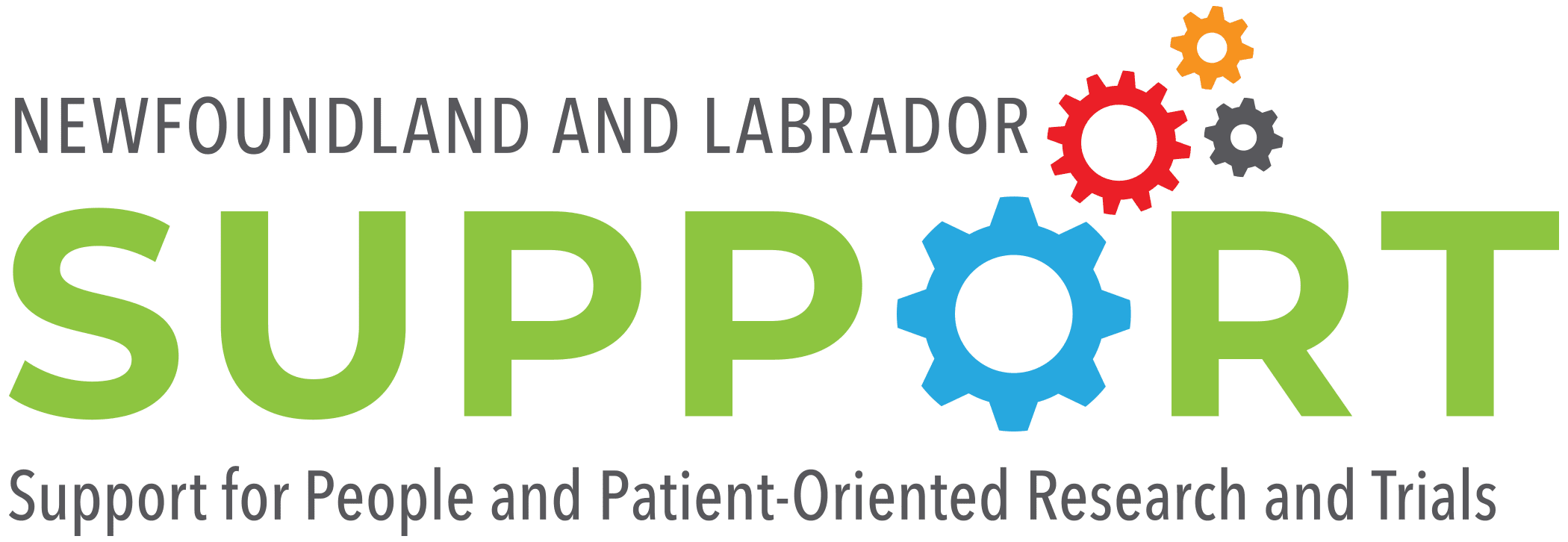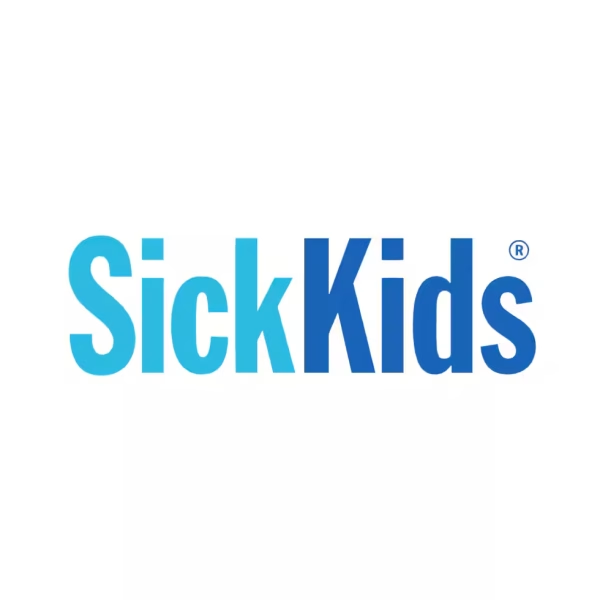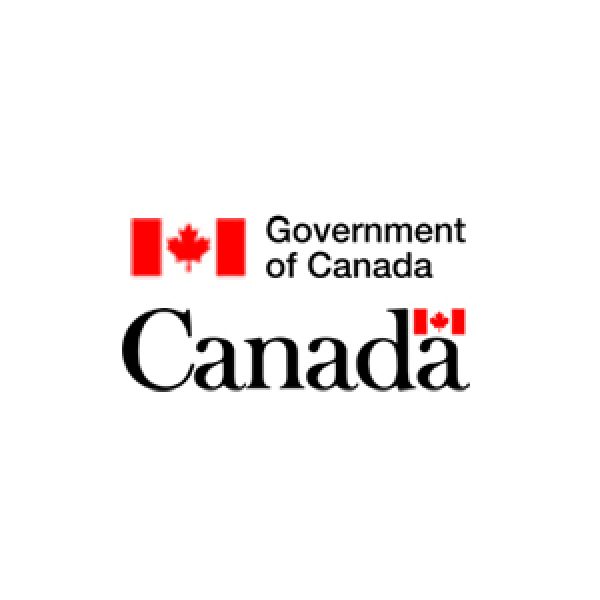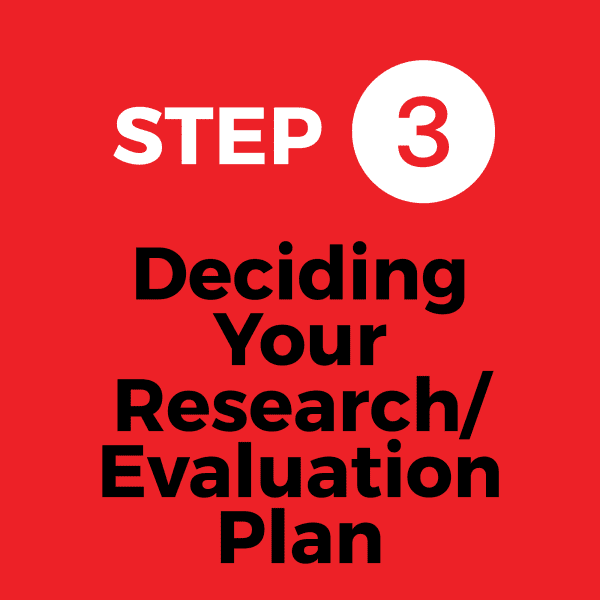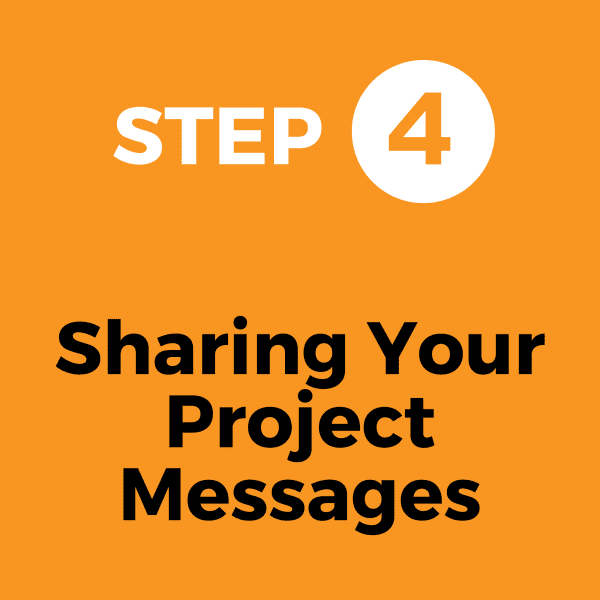Step 4: Sharing Your Project Messages
Has your research been discussed with relevant individuals from various backgrounds?
✔️ It may be helpful to think about any groups that may be affected by your project topic in a way that is different from the majority.
- For example, if you were researching cancer and found that most people receiving cancer treatment reside in major cities, your target group would likely be folks in those cities. However, people living in rural or remote areas may have the added experience of having to travel and sometimes stay outside of their communities for treatment, even if the number of people receiving cancer treatment in these areas is lower.
✔️ Have individuals from relevant groups been engaged throughout the project lifecycle?
- Were knowledge users from diverse groups engaged in co-developing research questions, project methodology, and dissemination strategies?
In 2021, the Black population represented 4.3% of the total population and 16.1% of the total racialized populations in Canada. See “The Diversity of the Black Populations in Canada”.
In March 2021, 49% of Canadians said they were not very likely to get a COVID-19 vaccine, however when looking at Black Canadians, the number was 77%. Given this and the over-representation of Black people in front-line work, increasing their risk of contracting COVID-19, the Black Health Vaccine Initiative in Toronto worked to target Black communities to build vaccine confidence and increase vaccine uptake.
Have a variety of knowledge mobilization strategies been explored to ensure information reaches a broad audience?
✔️ Do these strategies consider typical IDEA related barriers?
- For example: is content visible in areas or on platforms accessed by a diversity of audiences; are you using plain language; does the content need to be translated into several languages or non-text-based formats; have you included alternative text for images for visually impaired audiences; have you considered the culturally relevant ways information is shared with the groups you are sharing information with; etc.?
Health Accord NL translated a summary of its final report into various formats to improve its accessibility in Newfoundland and Labrador. The summary report was published in English, plain text English, an audio recording, French, ASL interpretation video, and three Indigenous languages (Labrador Inuktitut, Innu-Aimun, and Mi’kmaq).
